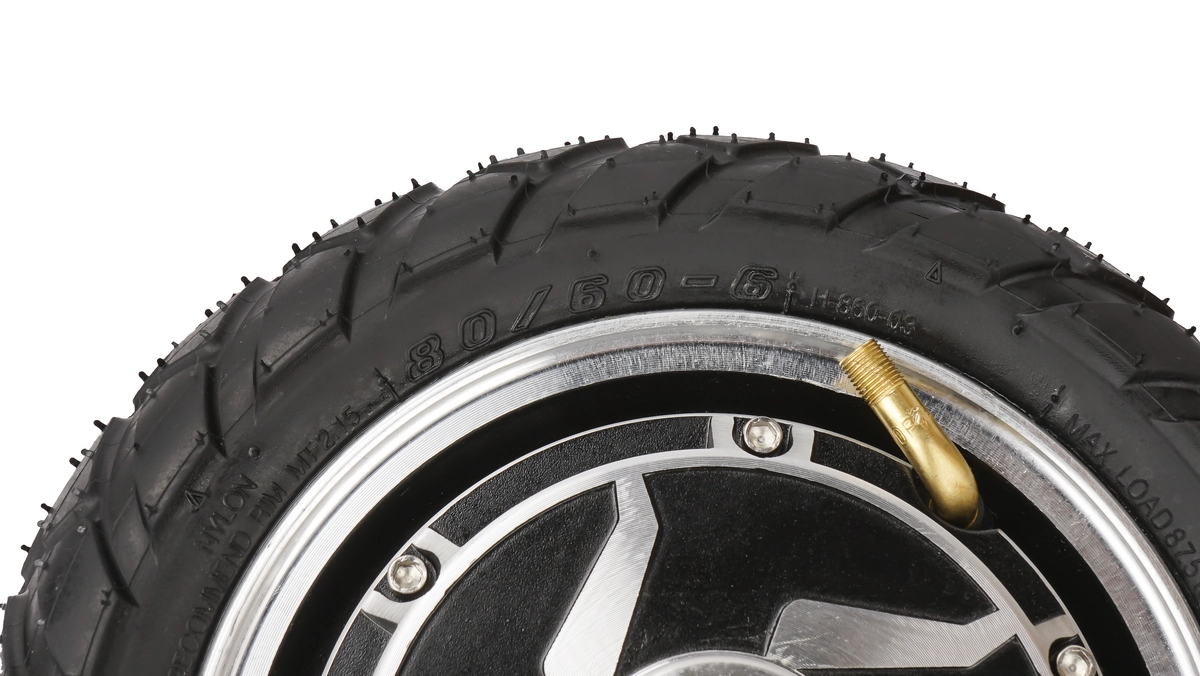Hub motors empower many electric vehicles, from bicycles to scooters. Understanding their workings allows maximizing output safely. This guide details techniques to increase rotational velocity.
The hub motor convert electrical energy to mechanical motion via magnetic fields generated by stator windings. Stronger currents produce intensified magnetic attraction, accelerating the rotor more vigorously. However, exceeding voltage ratings risks component damage. Carefully raise voltage levels incrementally, testing effects on both speed and heat generation.
Motors expend watts overcoming frictional opposition. Lightening loads like unnecessary cargo sheds excess inertia. Aerodynamic fairings streamline airflow, lowering aerodynamic drag. Switching to narrower, lower-profile tires lessens rolling resistance for swifter rotations. Maintain stability with judicious changes.
Upgrading to higher-output motors directly multiplies torque and rpm capabilities. Larger parameters boost sustainable wattage levels. Verify voltage compatibility to avoid frying electronics. Alternative magnet types like neodymium fortify magnetic attraction. Potent batteries maintain voltage under heavy current draws. However, quality parts increase costs.
Monitor temperatures closely with infrared readers. Overheating signals need for ventilation optimization, load reduction or weaker tuning. Brake effectively matching augmented acceleration. Wear protective riding gear suitable for higher velocities. Observe local speed limits and traffic laws. With diligent setup, hub motors offer versatile electric propulsion safely.
In conclusion, considered tuning maximizes hub motor rpm potential while upholding safety. Methodical testing optimizes setups for individual applications.
Leave A Comment